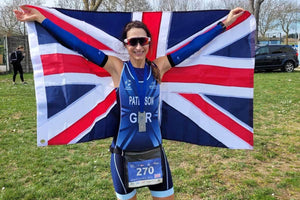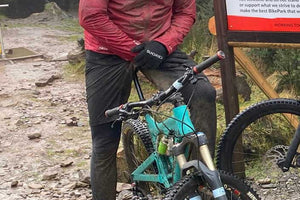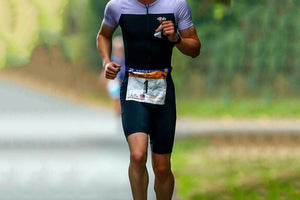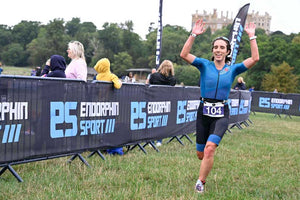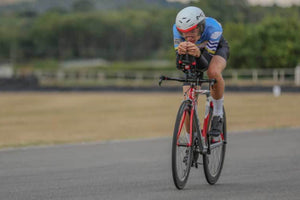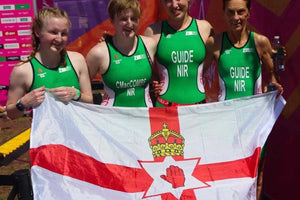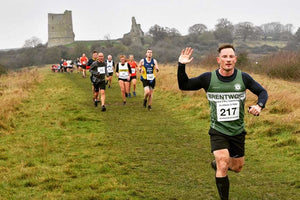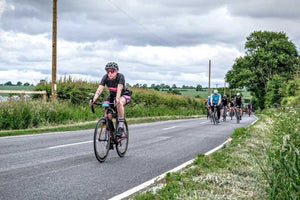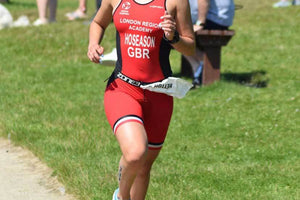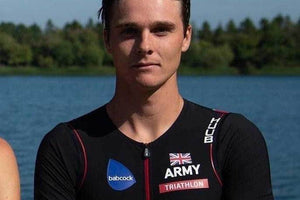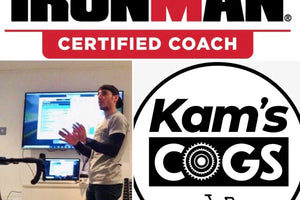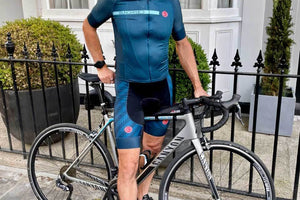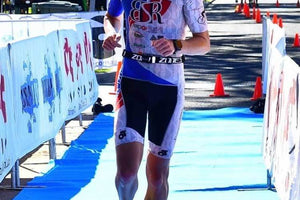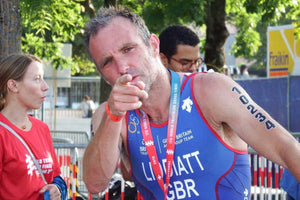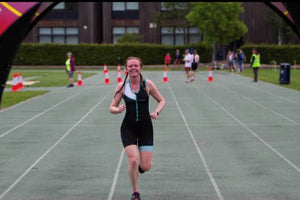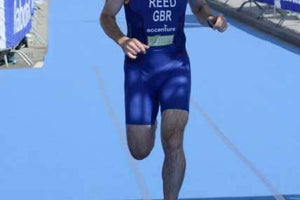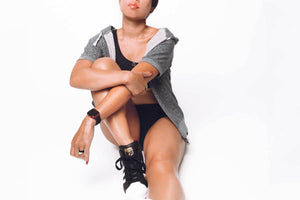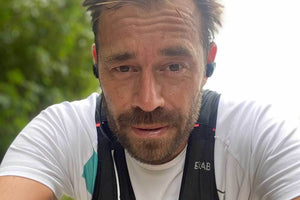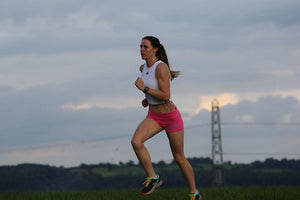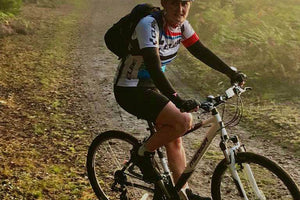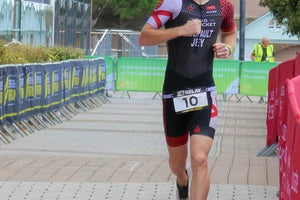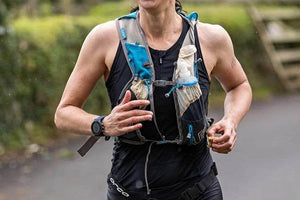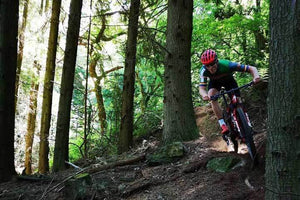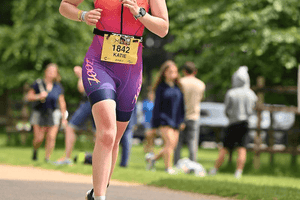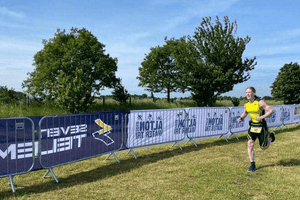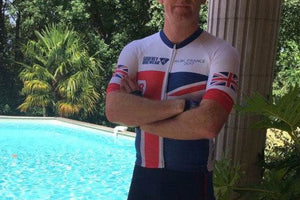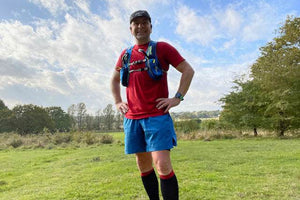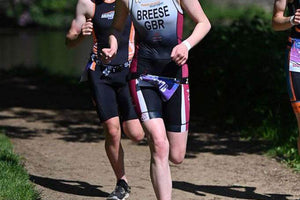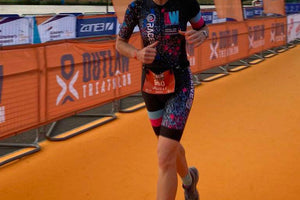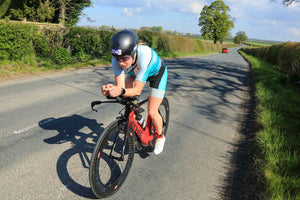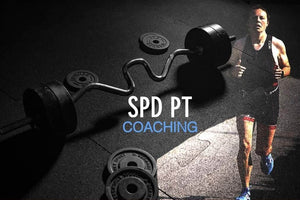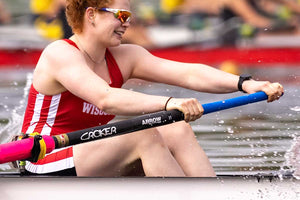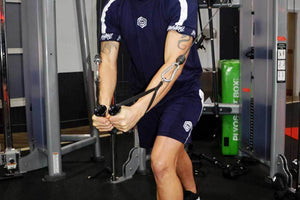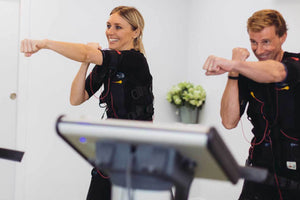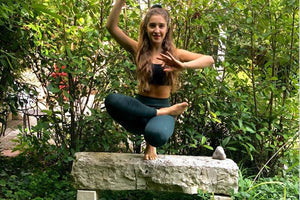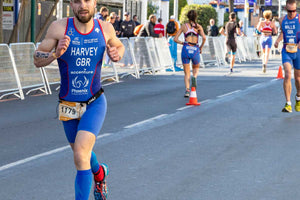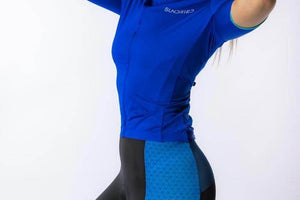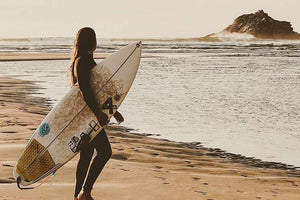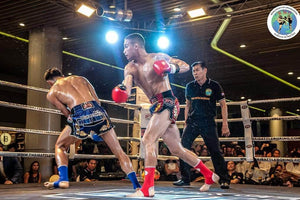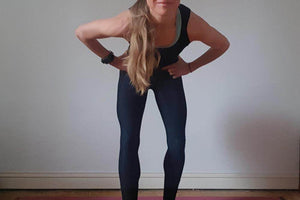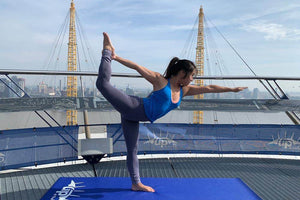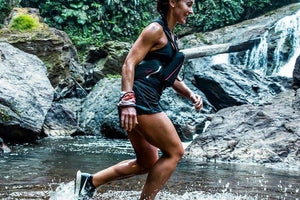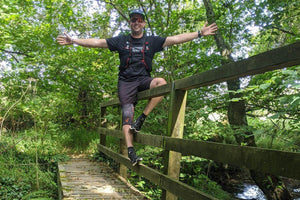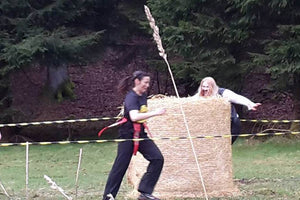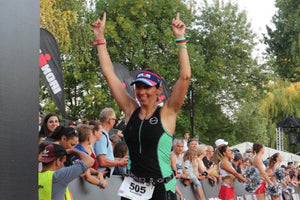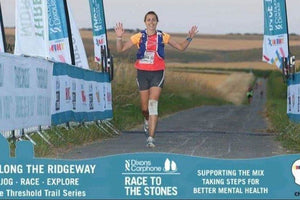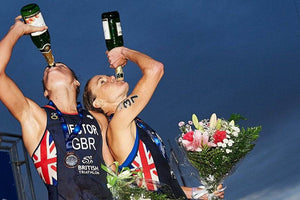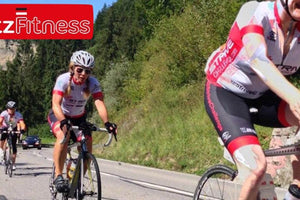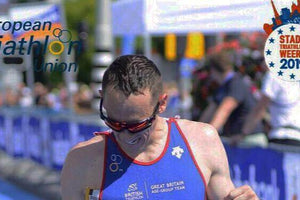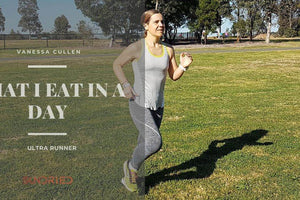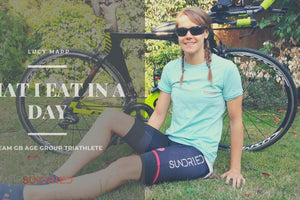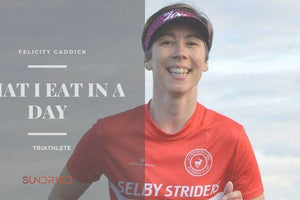
I’m going to let you into a little secret. I started triathlon in 2012 unable to swim a single length of front crawl. This meant that in my very first triathlon, the London Triathlon, I swam breaststroke and was accompanied by the safety kayaks. I’d love to say this was a one-off and after this I sky-rocketed to triathlon success, but I’m afraid it wasn’t, and I didn’t. I entered a few more national races and the story was devastatingly similar – if not worse. I was accompanied by the safety kayak in every race and was the last person out of the water in nearly all of them.
Why on earth did I not just throw it all in at this point? Well, I guess I still had some demons to put to bed first. Besides, I had entered my first half Ironman. Your first Ironman 70.3 (1.9k swim, 90k bike and 21k run) should probably be a nice, local, accessible one, where your friends and family can come and support you and where familiarity goes some way to help you cope with the prospect of taking on those intimidating distances. Isn’t hindsight a wonderful thing, though?

In “I’ll enter now and think about it later” style, I signed up for Ironman Lanzarote 70.3, having no clue what the island had in store for me, as I had never even been. Sounds nice though. Don’t people go on holiday there? Oh boy was I about to get a rude awakening. I had never flown abroad with my bike, never taken my bike apart and attempted to put it back together again, never raced the distance before and – to make matters worse – I’d never even hired a car abroad or driven on the wrong side of the road before. So I flew out to Lanzarote and did all of the above. Completely and utterly on my own.
The race was something else. I vividly recall almost missing the swim start as I was faffing about, and then struggling through with a painfully slow front crawl/breast stroke mix combo. I exited the water (eventually) and there were basically a handful of bikes left in the thousand-strong transition area.
Things got worse on the bike. Not only were there barely any cyclists around, but I had never before cycled downhill while standing up in the pedals. Yep, the notorious Lanzarote wind (which I was totally oblivious to until I experienced it in real life) hit me hard. I struggled through and after what felt like an age, I was on the run, plodding along, suffering, struggling, and disliking the whole experience immensely.
I ran through the finish line in 7 hours and 24 minutes, just over half an hour away from the cut-off. I came second from last in my age group; a whole 2 hours and 15 minutes behind the winner of my age group.

Why then, did I not give up now?
Well, there was the full Ironman, of course! I decided I wanted to just tick the box of doing an Ironman then I would give up triathlon and move onto something else that perhaps I wasn’t shamefully bad at.
The only thing was, once I did an Ironman the following year, I decided to carry on…
Fast forward seven years and I am now a sponsored triathlete having qualified for the Ironman 70.3 World Championships a total of five times. I have completed over 30 half Ironman triathlons in total, and this year I have been on the podium with second place in my age group at two different international 70.3 races, coming in the top 10 females overall, including pros. I am a consistently sub-5 hour half Ironman finisher with a PB of 4:47 – a long way away from that epic 2012 finish time…

So this isn’t one of those “I tried my first triathlon and just casually won it” stories. Oh no. There’s no natural talent here – it was just hard work, grit, and dogged determination that has enabled me to get where I am in the sport.
This is how I managed it:
- I got a coach. This was key as making sure you’re doing the right training and getting sufficient recovery in is basically the best investment you can ever make if you want to improve.
- I never, ever gave up. Probably the most important thing of all – even when I was embarrassed at how slow and rubbish I was, I was determined to better myself. I certainly wasn’t competing against anyone else, it was 100% an exercise of self-improvement.
- I found a community. I joined a local tri club which gave me more confidence in myself, gave me people to train with, to ask questions, and gave me people to aspire to and draw inspiration from.
- I raced lots. The only way to get better at racing is to race lots – sure, you can put all the hours you like into training but if you get it wrong on race day, it’s over. I learned by making probably every mistake there is to make over the course of a few years.
- I adopted a professional approach. Sure, I wasn’t professional – probably as far from professional as you could get at the time, but I looked after myself, and I did everything properly. This meant nutrition, body maintenance, rest and recovery, fuelling, following structured plans to a T.
- I created mini goals. I never once imagined I’d get where I am now, but along the way I just created mini goals, such as ‘go sub-6 hours’ or ‘go sub-3 hours on the bike’. Eventually, you just keep chipping away at it all and you keep on moving the goalposts as you improve. It makes it less daunting and far more achievable.
There are no shortcuts or quick and easy routes to performance gains (especially when you start out as badly as I did!), but patience, hard work, and relentless commitment to your goals along the way all pay off. Most importantly, you really have to enjoy the process as triathlon is a bit of a lifestyle shift!
For anyone who is thinking of giving triathlon a go but is unsure, please let me tell you this: just go after it. Ignore any negativity, ignore any embarrassment, ignore any self-doubt – because believe me, if I can do it, you most definitely can. And in a few years time, you might even surprise yourself with how far you’ve come.
About the author: Amy Kilpin is an Ironman triathlete and Sundried ambassador.



